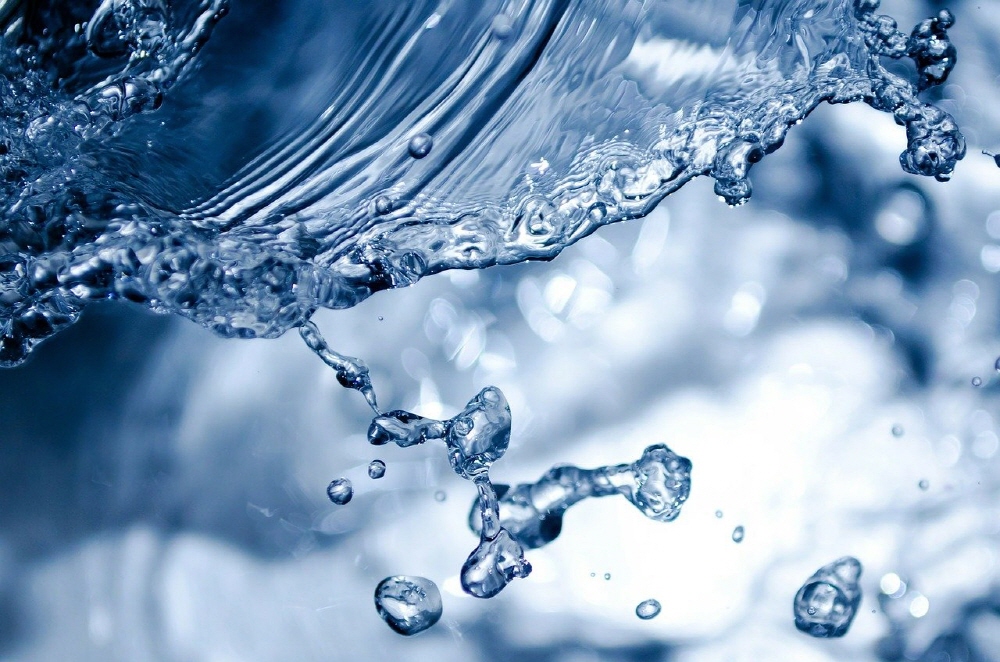
A research team at Hong Kong’s Sung-age University published a study that can light up 100 LEDs with a single drop of water.
Water, which covers 70% of the earth’s surface, is attracting attention as a renewable energy resource to create a sustainable environment. However, it is difficult to say that it is necessary to convert power efficiently even by taking hydroelectric power as an example. There are still a lot of technical constraints.
However, one of these methods, a droplet-based generator by dropping water droplets, has succeeded in producing thousands of times higher power than conventional methods. The droplet-based electricity generator (DEG), developed by a research team at Sungshi University in Hong Kong, basically uses contact static electricity and induction of static electricity when water droplets hit an object. However, the energy conversion efficiency is insignificant as a result of being limited by the effect of the positive charge interface generated on the surface.
The research team spent two years developing a new method DEG to improve this conversion efficiency. It has the same structure as the field effect transistor (FET). FET is a transistor that controls the current flowing through a circuit and is widely used as an element constituting an integrated circuit. The new DEG consists of an aluminum electrode and an indium tin oxide ITO electrode covered with a PTFE (polytetrafluoroethylene) membrane. First, when the falling water droplets touch the PTFE/IIO electrode, electric charge is generated, which fits the aluminum electrode and mediates through diffusion, and the electric charge is completely released as the circuit is connected. In other words, each time a water drop falls one after another, the accumulated charge is recovered without waste.
According to the research team, the efficiency is 100 microliters dropping from a height of 15 cm, which can generate a voltage of 140 V or more, which can instantly light up 100 small LED bulbs. It is also mentioned that the falling water kinetic energy is due to gravity and is completely renewable energy.
Research suggests that the decrease in relative humidity does not affect power generation efficiency, and power generation can be generated using both rainwater and seawater. In other words, it can be said that the possibility of application to the surface of ships sailing in the sea or in constant rainwater has been presented.
Of course, there are still many challenges to overcome before this technology can reach the level of practical use. This time, it is only for short-time power generation, and further research and development are required for long-term sustainable development. Related information can be found here .


















Add comment